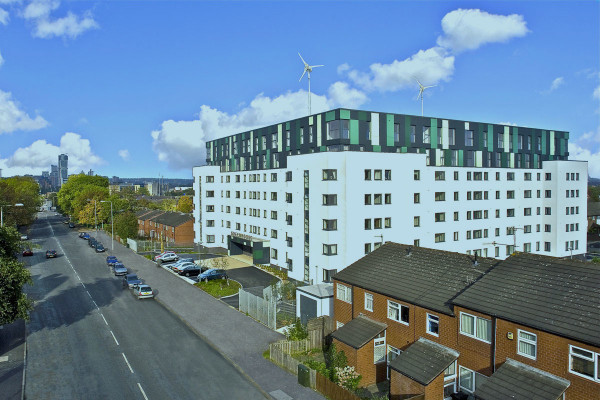
We have seen the UK gripped by an obvious housing crisis during the last few years as a chronic shortage of homes has sent prices soaring and gradually had a negative impact on the prevailing level of demand.
This triggered a formative response from the government and the private sector in 2015, as public land was purchased and large-scale building projects were initiated.
This was particularly evident in Leeds West Yorkshire, although the rate of progress on residential developments in the city has slowed considerably during the last 12 months. The city is looking to move on this year, however, as it plans a number of new developments that are fitting of Leeds’ status as the third largest city in the UK.
What Developments Are Planned for This Year?
To commence with these changes, Leeds Council bosses have already signed off on a huge swathe of housing applications during the first two-quarters of 2017. It is thought that these applications will bring a total of 971 new homes to the market, with these properties set to be built on council-owned land in the east region of the city.
These plans have drawn some controversy due to the fact that all of the proposed developments form part of the council’s Brownfield Land Programme of building. With an estimated 62% of all Leeds development now scheduled to occur on brownfield land, critics have begun to argue that too many of the new sites sit within the city’s cherished green belt.
This is unlikely to prevent them from taking place, however, particularly with the region’s council has announced an ambitious plan to build a total of 20,000 homes on brownfield sites by the year 2028.
What Impact Will These Developments Have on the Local Property Market?
Interestingly, there are some who have argued that the impact of Leeds’ infrastructure developments could be undermined by other laws and pilot schemes that have also been announced. One such example was a 2015 scheme Leeds City Council ran in Holbeck that enabled a red light district to promote and practice their trade on the street. According to one blog post at flyinghomes.co.uk, the knock-on effects of this could’ve slashed up to £20,000 from the value of homes in the local area.
Despite this, it is thought that the size and scope of the new developments will overcome any potential issues or experimental pilot schemes. After all, the new projects will drive higher levels of competition and help to regulate prices in the local marketplace, while also raising the profile of the city in line with other metropolises such as Birmingham, Manchester and, of course, London.
This will also deliver a huge boost to the local economy, creating jobs, increasing infrastructure spending and enhancing consumer sentiment.
The Last Word
Overall, these are exciting times for Leeds, which has already seen several large-scale residential and commercial developments over the course of the last two years as the city continues a sustained program of regeneration. With plans to build further private and social housing during the next decade, Leeds citizens can also look forward to a more balanced and competitive housing market in the years to come.




 POSTED BY
POSTED BY 

